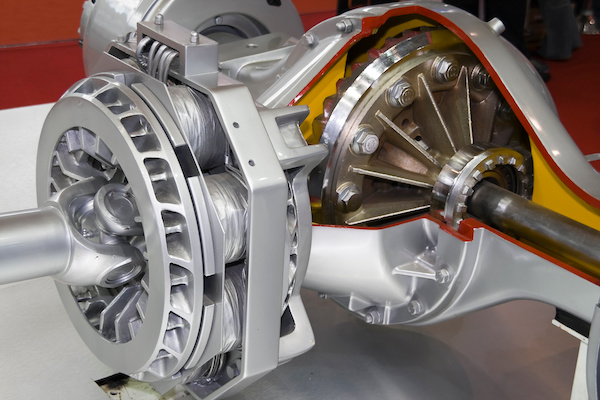
Ever wondered how your car seamlessly handles those turns? The answer lies within the differential, a revolutionary automotive component that has come a long way since its inception.
Let's journey back in time and explore the history of differentials and how they've evolved over the years to become a cornerstone of modern vehicle anatomy.
A Glimpse into the Past
The concept of differentials can be traced back to ancient civilizations. Early engineers and inventors sought solutions to the challenge of making wheels turn independently at varying speeds. The first differential-like device was allegedly designed by the ancient Chinese and later adopted by the Greeks.
The Renaissance of Engineering
Fast forward to the Renaissance era, and inventors like Leonardo da Vinci were exploring differential concepts. His sketches and designs showcased the potential for improved wheel mechanics, planting the seeds for future advancements.
Industrial Revolution
The 19th century brought about remarkable developments in engineering and transportation. In 1827, French engineer Onésiphore Pecqueur patented a three-wheeled vehicle with a differential that allowed the wheels to rotate at different speeds. This innovation paved the way for the modern automotive differential we know today.
The Age of the Automobile
With the rise of the automobile industry in the early 20th century, differentials became a standard feature in most cars. These mechanical wonders allowed wheels to rotate at different speeds, enabling smoother turns and better handling.
From Mechanical to Electronic
As automotive technology advanced, so did differentials. Mechanical differentials evolved into more sophisticated limited-slip and locking differentials, enhancing traction and performance in challenging driving conditions. In recent years, electronic stability control systems and advanced sensors have further refined differential technology, allowing for seamless control and safety on the road.
Embracing the Future
Today, differentials continue to evolve with the emergence of electric and hybrid vehicles. Electric vehicles utilize advanced electronic control systems to manage power distribution and optimize efficiency, while hybrid vehicles combine electric and internal combustion engines, requiring innovative differential solutions for seamless integration.
As vehicles become more technologically advanced, the differential remains crucial in ensuring a smooth and safe driving experience. Its history is a testament to the brilliance of human engineering and ingenuity.
At Premier West Gears, we understand the significance of differentials in keeping your vehicle running smoothly. Our expert technicians are well-versed in handling differential maintenance and repairs for various vehicle types. Please give us a call or visit soon!